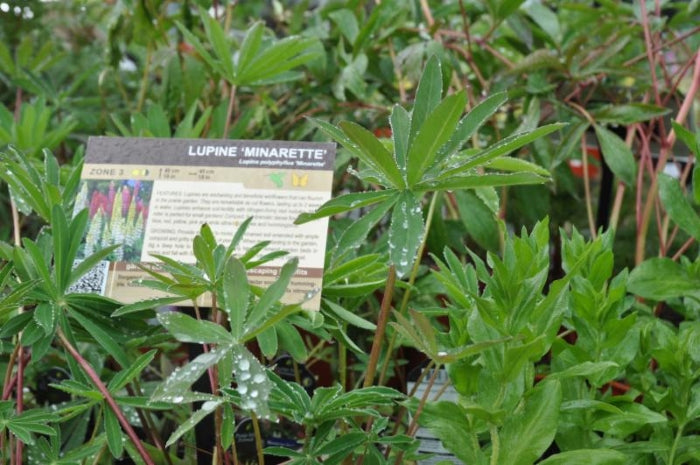Just about everyone I've talked to was hoping for an easier spring this year, but the weather had other plans. What at first seemed like a bad joke has turned into serious flooding in many parts of the province, and even in areas that are not literally underwater the ground is 100% saturated. So, what does this mean for gardeners?
In general, balance is the goal when it comes to planting and planting conditions, and of course, supersaturation is the complete opposite of this. When the ground is very wet, much of the oxygen can be forced out of the soil causing the same types of problems that potted plants lacking drainage face: root rot and difficulties making use of nutrients. But even before getting to that point, the practicality of planting into soppy soil is a challenge. It is mucky for the gardener... but also hard on seeds that may wash away or not stay well-spaced and plants may not anchor easily. Wet soil is also cool, which unfortunately is the opposite of what most summer plants need to flourish.
But, as I like to say, "good news!". There are many ways to manage and pre-empt the problems described above.
For Transplants
Pots help a lot
One of the best ways to gain more control over all kinds of conditions is to grow in pots. When it comes to wet, you suddenly have control over drainage and can also tuck pots away from downpours if they happen too often. The soil in pots also warms up much faster compared to in-ground spaces, so if we continue to trend cool, pots can be very helpful.
Wait just a bit
Even a few days of good sun and warmer weather will drastically improve outdoor planting conditions. You and your plants are better off waiting on the sidelines just a little longer versus planting into saturated ground. Of course, at some point, we need to get certain plants transplanted if they are to perform... but even tomatoes, peppers and potatoes can be planted into mid-June without much concern.
Raised beds
Much like pots, raised beds can offer your plants the opportunity for ideal drainage, even when it pours! Likewise, the soil also warms up faster vs. regular in-ground gardens.
Balancing soil with organic material
Clay soils are famous for becoming like mud-soup when saturated with water but adding organic material helps improve the structure and texture of clay. Organic material is everything from home or commercial compost to mulched leaf litter or last year's garden straw. It is nearly impossible to add too much.
For direct seeding
Use burlap
It is so sad to see your seeds wash away during heavy rains, however, an easy solution is to cover your freshly seeded soil with burlap. This works wonders to mitigate the pounding from heavy rains but still allows most seeds to easily emerge. Tiny seedlings like carrots, dill, basil and beets will push right up through the burlap weave, while larger seedlings will require that you remove the burlap as they germinate.
Make DIY seed tape
Paper towel and a simple paste made of flour and water are all that is required to make your own seed tape! Seed tape, like burlap, holds seeds in place but also is thin enough and breaks down enough to allow all types of seeds to grow through it. Carrots are a very popular veggie to plant on seed tape!
Plant in pots
Once again, more control! Almost all popular plants other than perennials make sense in pots - just choose the appropriate style for what you are growing. And don't overlook the opportunity and simplicity of just sowing a thick patch of basil, dill, cilantro, annual flowers, lettuce blend, kale and much more in a good-sized container!
For established gardens
Create drainage away from beds
Remember making channels in the mud when you were a kid, and watching the water drain away? Doing the same for your beds can release an amazing amount of trapped water!
Add broken-down organic material
As mentioned earlier, organic material (compost etc.) is a great balancer for soils experiencing extremes. This can be worked into the soil or even just added as a top dressing.
Pump, if necessary!
Given the amount of water around, many gardeners have low spots or prime beds that are literally under water. A utility pump can save the day!







